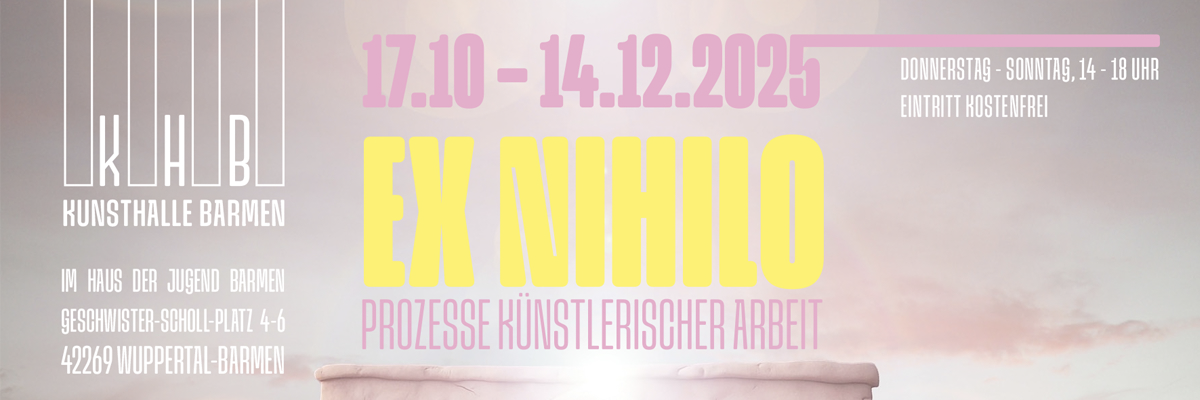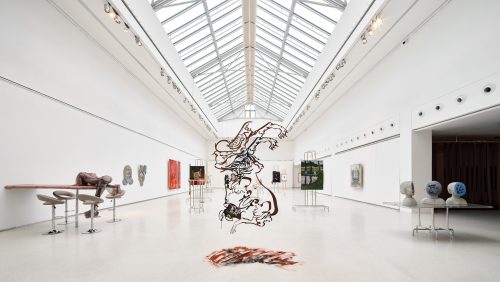
Alain Guiraudie
Photographies
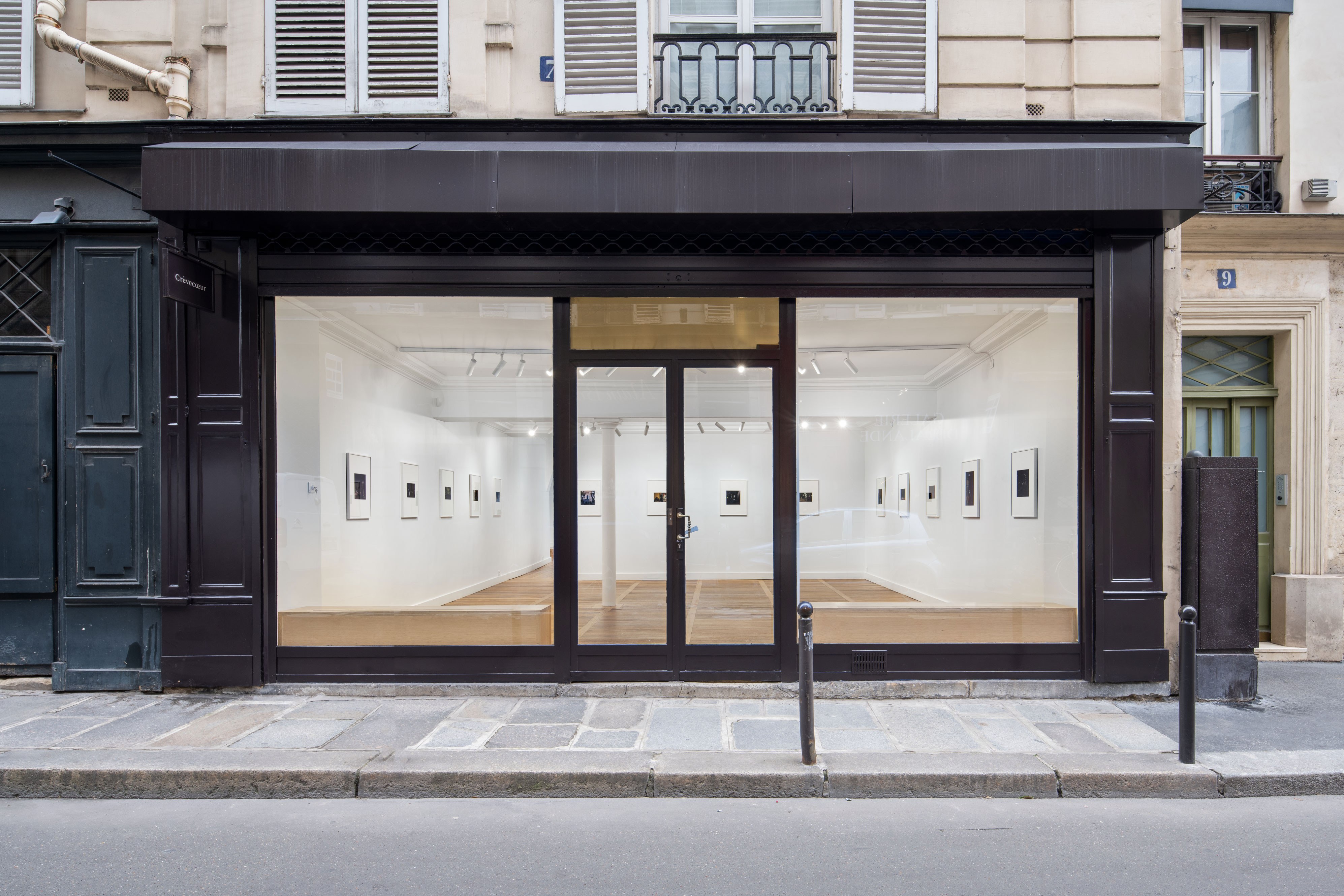
Exhibition view, Alain Guiraudie, Photographies, 2023, Crèvecœur, Paris. Photo: Martin Argyroglo
Advertisement

Exhibition view, Alain Guiraudie, Photographies, 2023, Crèvecœur, Paris. Photo: Martin Argyroglo

Homme au bar, 2021, 24 × 24 cm (framed: 60 × 46 cm), C-print on Fuji Flex paper

Clermont place Delille SDF avec un chien, 2018, 16 × 24 cm (framed: 60 × 46 cm), C-print on Fuji Flex paper
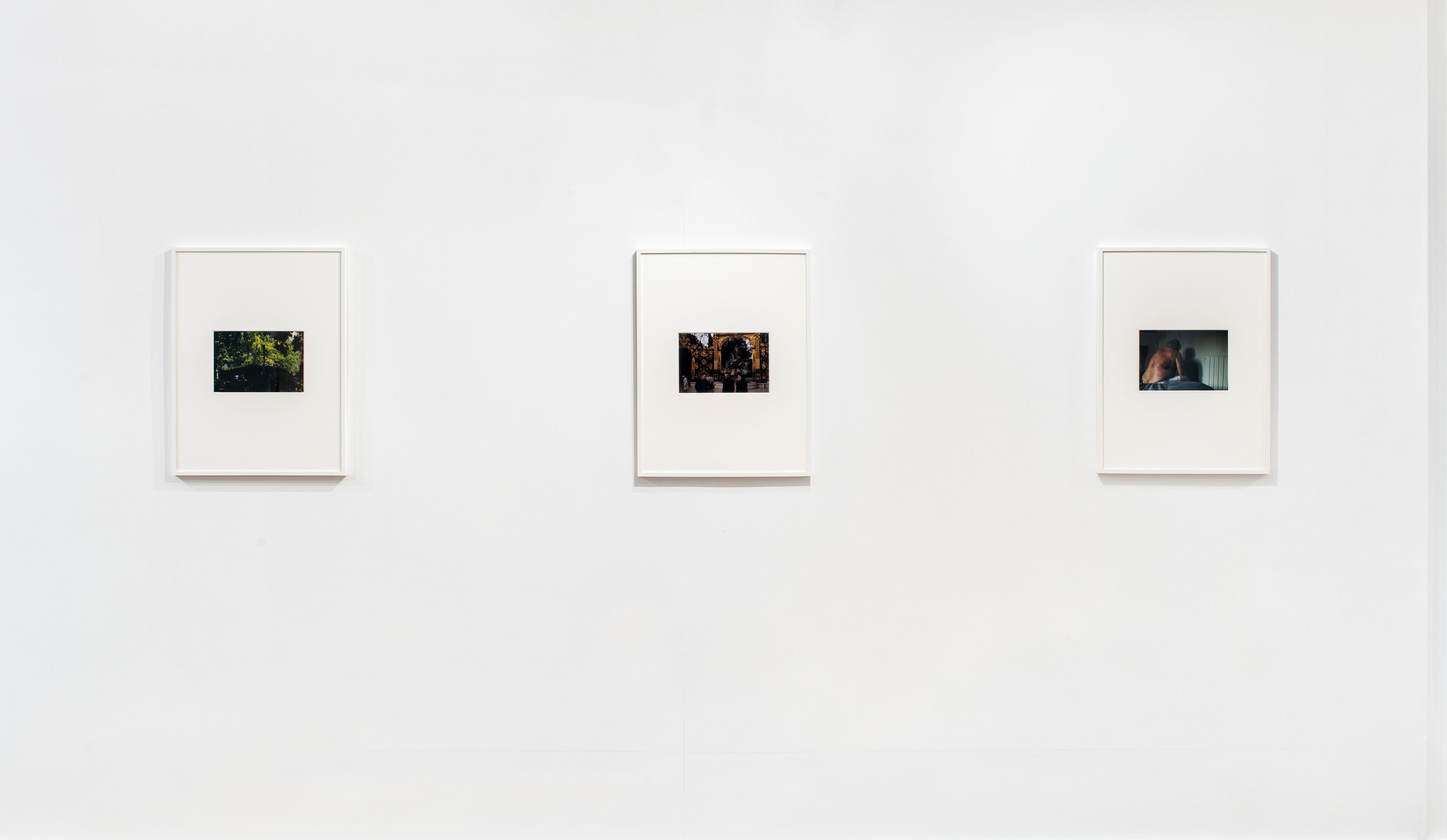
Exhibition view, Alain Guiraudie, Photographies, 2023, Crèvecœur, Paris. Photo: Martin Argyroglo
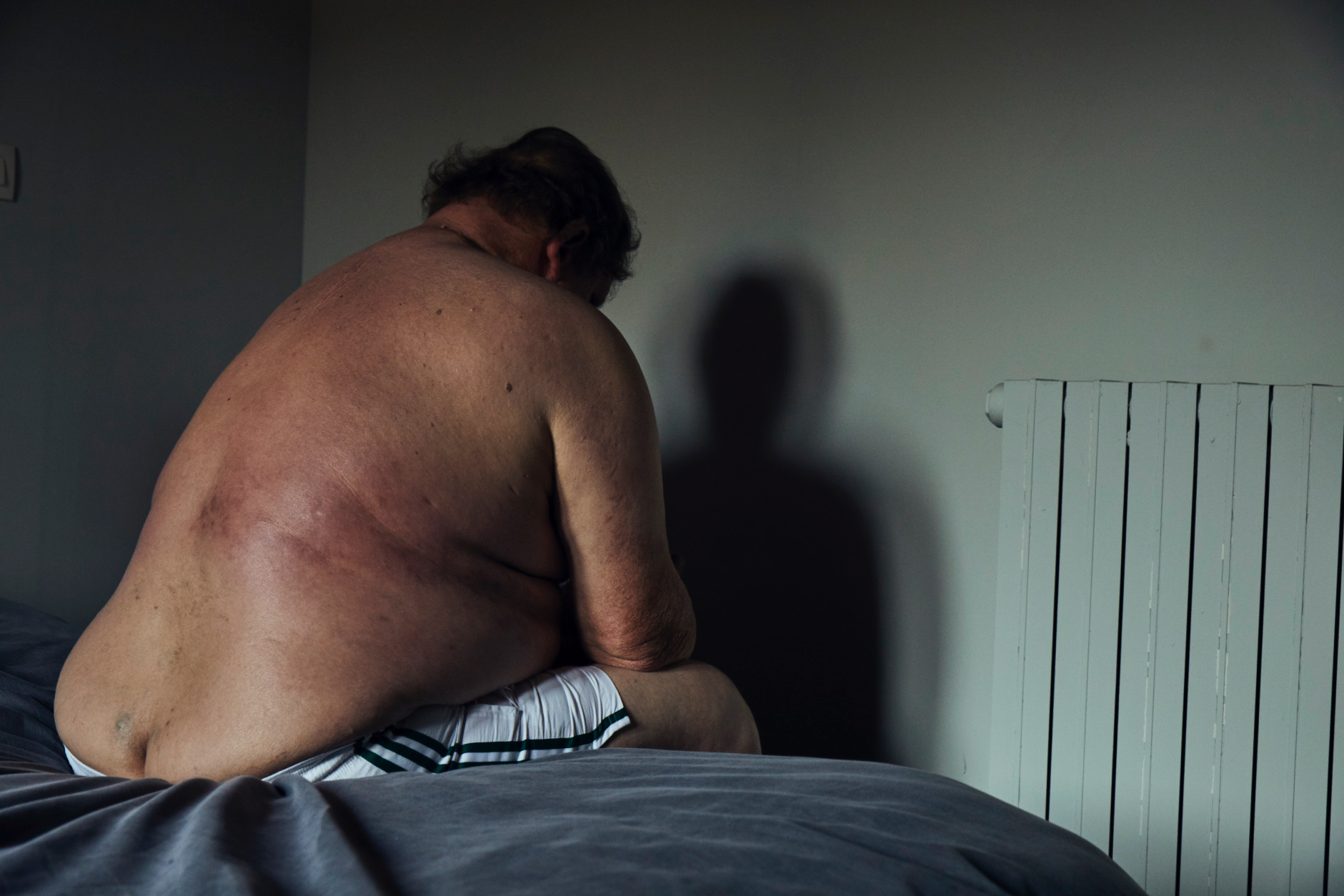
Homme de dos torse nu, 2018, 16 × 24 cm (framed: 60 × 46 cm), C-print on Fuji Flex paper

Exhibition view, Alain Guiraudie, Photographies, 2023, Crèvecœur, Paris. Photo: Martin Argyroglo

Angers messe de rue, 2021, 24 × 24 cm (framed: 60 × 46 cm), C-print on Fuji Flex paper
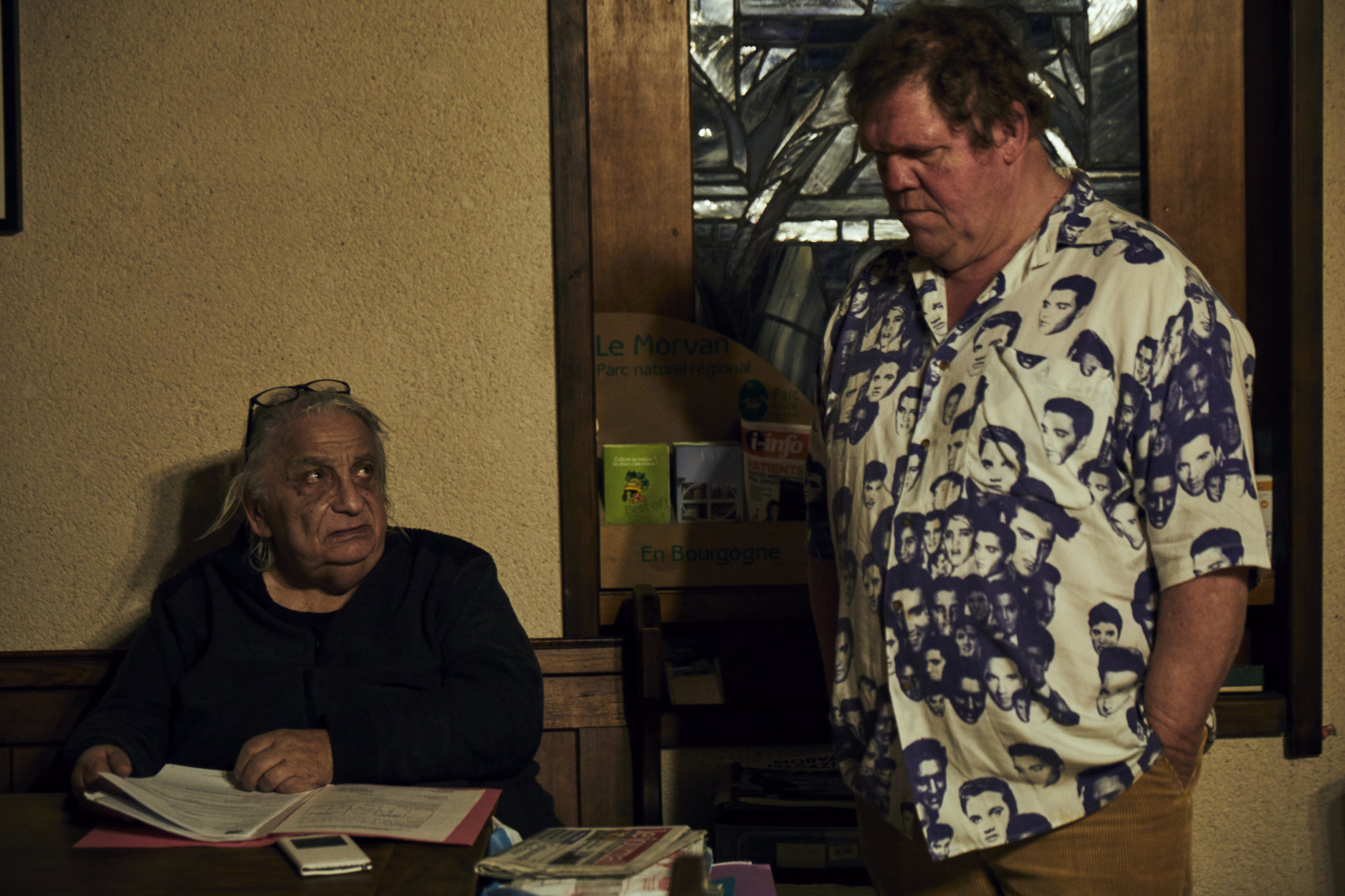
Homme debout et un autre assis qui le regarde, 2018, 16 × 24 cm (framed: 60 × 46 cm), C-print on Fuji Flex paper
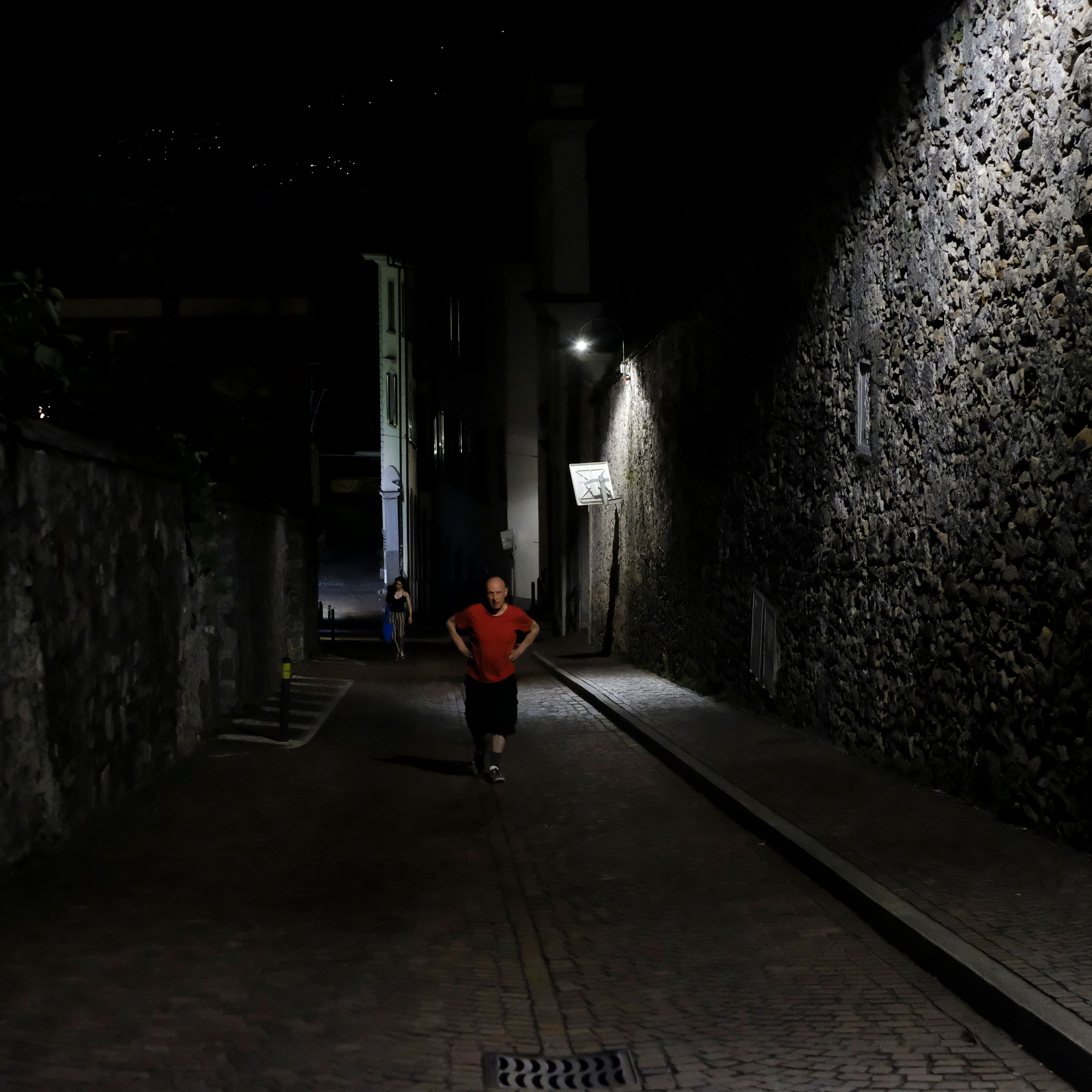
Homme en rouge et jeune femme derrière, 2022, 24 × 24 cm (framed: 60 × 46 cm), C-print on Fuji Flex paper
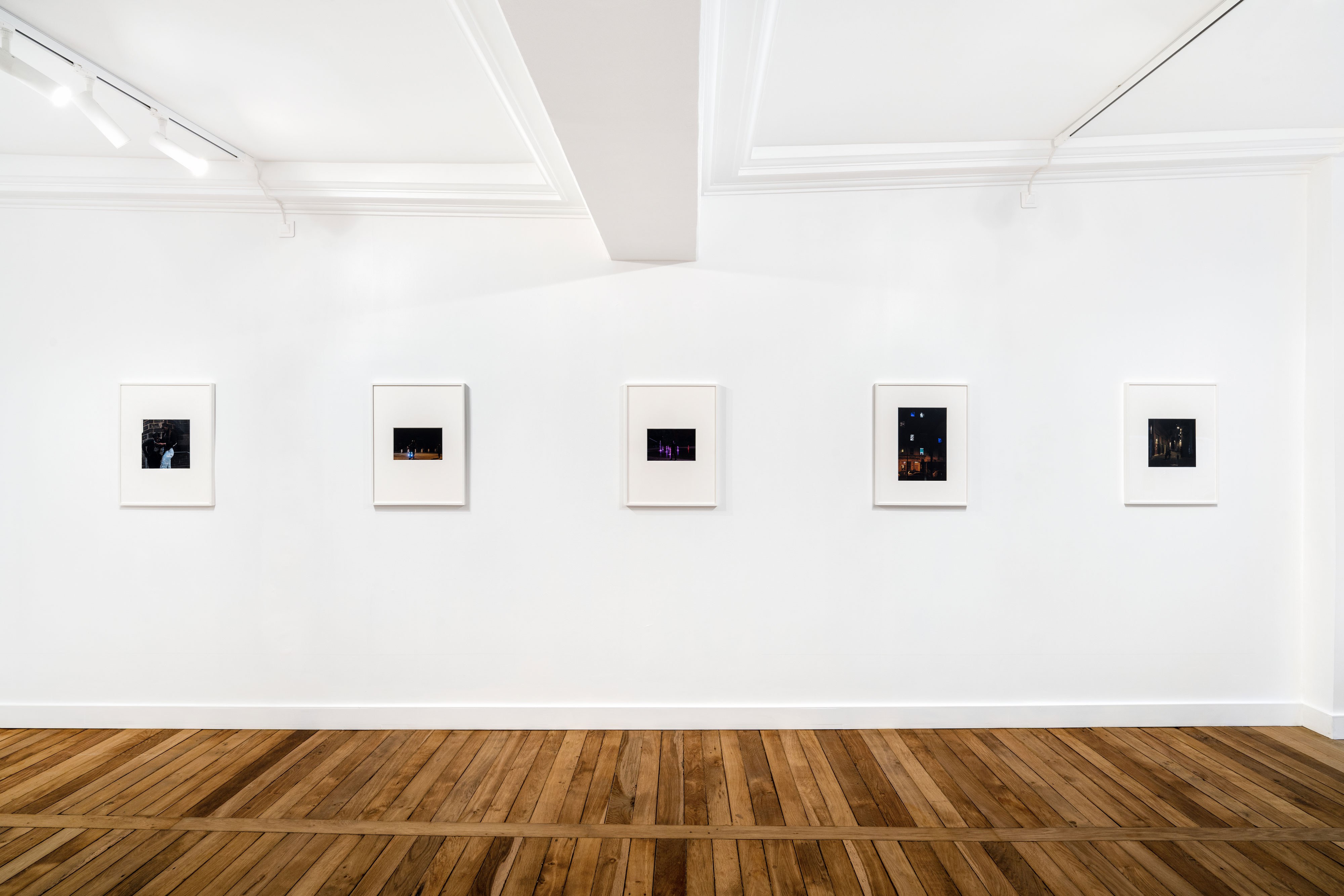
Exhibition view, Alain Guiraudie, Photographies, 2023, Crèvecœur, Paris. Photo: Martin Argyroglo

Clermont 2 jeunes femmes sur fond noir, 2021, 24 × 24 cm (framed: 60 × 46 cm), C-print on Fuji Flex paper
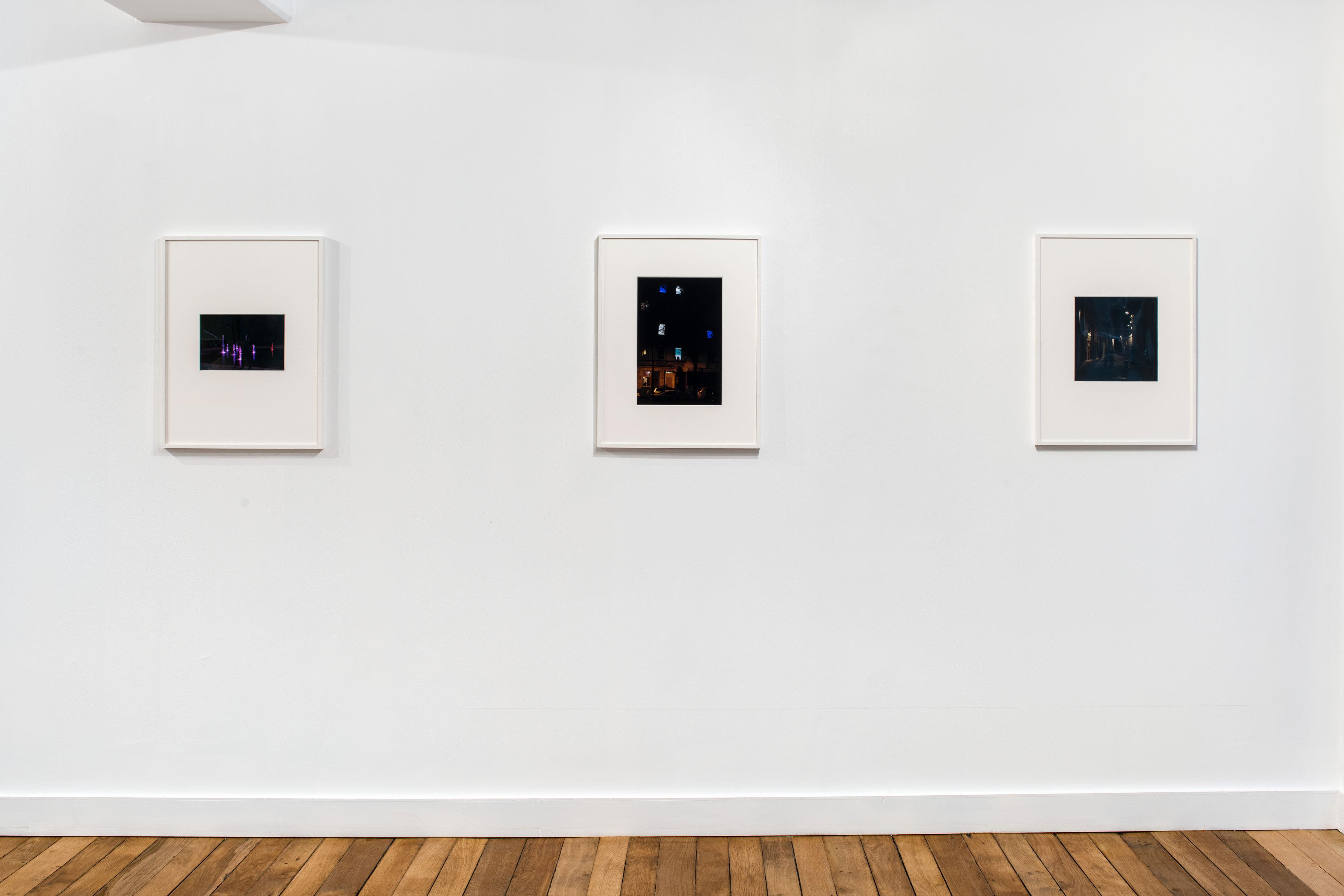
Exhibition view, Alain Guiraudie, Photographies, 2023, Crèvecœur, Paris. Photo: Martin Argyroglo
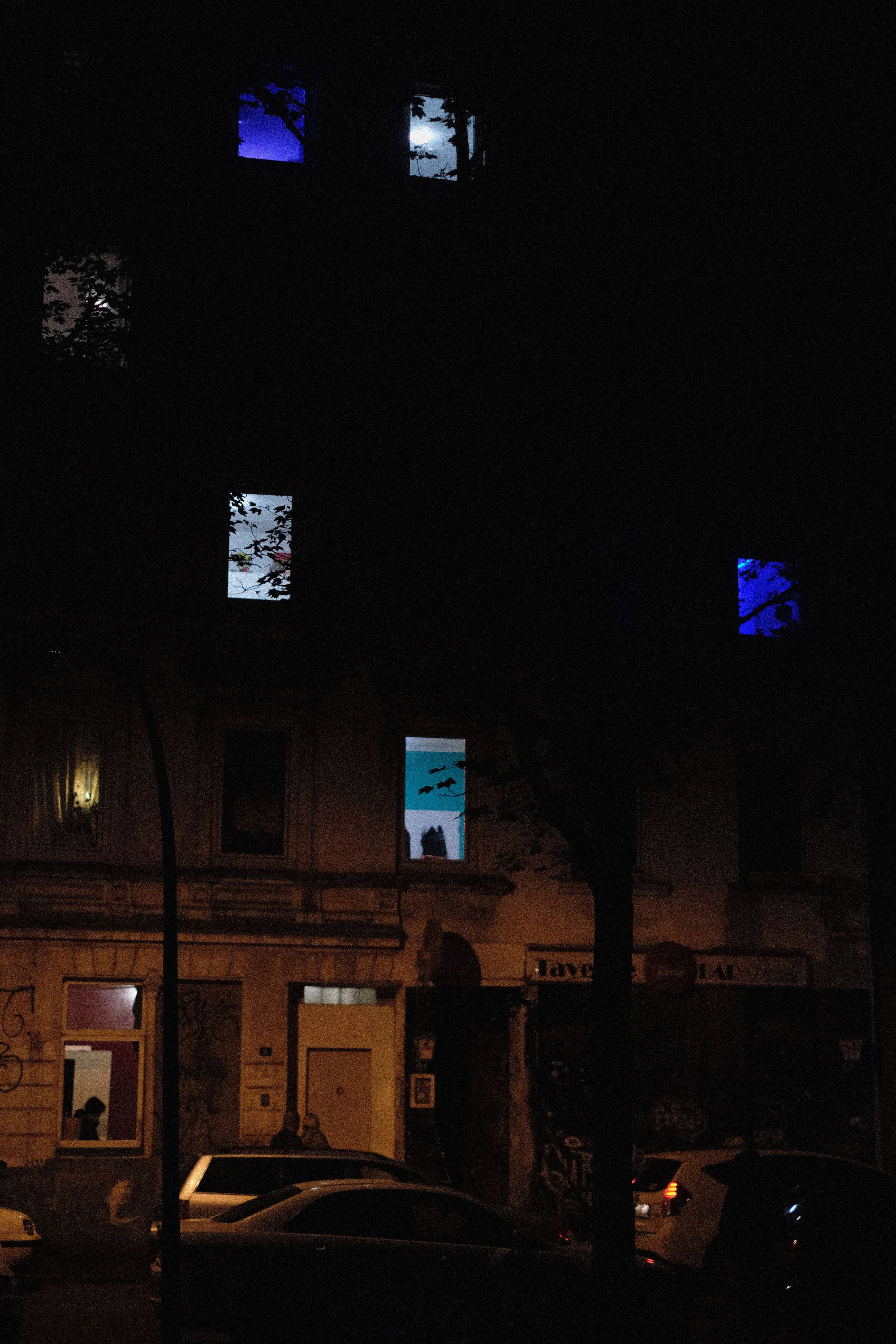
Hambourg immeuble fenêtres colorées, 2021, 36 × 24 cm (framed: 60 × 46 cm), C-print on Fuji Flex paper

Clermont jeune à capuche assis, 2022, 24 × 24 cm (framed: 60 × 46 cm), C-print on Fuji Flex paper
Notes on Alain Guiraudie’s photographs
These photographs record ordinary events that feature nothing other than themselves. They capture time and frame a space. Their pleonastic titles confirm what we see: Homme et son chien, statue Victor Hugo [Man and his dog, Victor Hugo statue], Clermont jeune à capuche assis [Clermont young hooded man sitting].
So as to navigate his hard drives, AG has renamed all his photos using tautological descriptions. I see here the idea that he likes them for what they are, and that they are nothing more than that.
When set alongside AG’s films and novels, these photos could be taken for location snapshots. That’s what they look like. And sometimes that’s what they are. However, AG doesn’t see them as a step in his work.
AG: I have an inclination toward film documentaries. But every time I’ve set off in this direction, I’ve switched to fiction on the way, the form hasn’t felt right, I couldn’t pinpoint the film. With photos, I take them on the fly, I capture people, atmospheres, moments. I have this relationship with life and also an aesthetic. I’ve located a fit, there’s a coherency between the subject and the aesthetic that becomes plain, which I couldn’t reach through the cinema. The scopophilia is also greater, I’m face to face with an utter otherness, not with a reconstitution or a staging.
AG once told me about his desire to cross over the void’s diagonal, that line which starts in the North-East and arrives in the South-West, taking in some of France’s most depopulated regions.
Here, for the photographer, lies the desire to capture on a (photographic) film configurations (people, places…) without this becoming a (cinematic) film. What does AG seek out, day and night, in these peri-urban zones, these French and European towns? Varieties of genre scenes that have produced themselves. Using a 50 mm lens, which is reputed for being worthy, distant and not overdoing it, they find a balance and are articulated around a palette, a kind of pictorial elegance, related to painting. In rectangles alternating warm and cold tones distributed over a dark background, Hambourg immeuble fenêtres colorées [Hamburg building colored windows]. Light laid over a body, Homme de dos torse nu [Man from the back torso nude]. Blue blotches rising up from the darkness, Clermont trottinette phares [Clermont scooter headlamps]. A vibrant, red stain lost in the night, Homme en rouge et jeune femme derrière [Man in red and young woman behind].
They are sometimes almost expository scenes: the initial seconds of a film, at the time when the characters are just outlines without identities, life paths or consistency, no more embodied than their surroundings: Grille parc Pépinière [Gate park nursery].
An expository scene is a moment of purity and, while watching a film, I sometimes think that I could have stopped there, rather than follow the inevitable development, or the play of empathy with the spectator, be it foreseeable or unforeseeable.
Photographic fixity (as opposed to cinematographic dynamics) sets a situation and all its particulars into a frozen totality; these photographs do not invite me into an interpretative examination, they record facts, each one being of an equal, legible importance: Angers messe de rue [Angers street mass] says as much about the vaguely pink light of a cold, sunny end of an autumn day as it does about the religious community gathered in front of the cathedral.
In AG’s films, night plays an active part: the collective unconsciousness (mingling sleepers’ dreams, insomniacs’ worries and partygoers’ enthusiasm) produces a kind of alchemy acting, at a reflexive level, on the situations and writing of the scenario (which shifts into the deconstructed confusion of dreams, or nightmares).
Two-dimensional and mounted on photosensitive paper, AG’s night might have been incarnated as a matte surface that clearly brings out objects, characters, etc. This convention could have had its coherency. But instead, here, revealed on ultra-gloss, ostentatious Fujiflex paper, the night gleams. A preference for prints of reasonable dimensions (they are all 24 cm wide) and the everyday look of the scenes add density to this intense paper, locking shut the doors of the spectacular.
And this balance awakens in me a vaguely familiar feeling, maybe a haunting trace, a whiff of common-or-garden holiday snaps (developed traditionally on gloss paper) but I don’t know if this was AG’s intention.
Distanced by the documentary presentation of a vertical framing, these images do not become superimposed. But, on drawing closer, we discover that they are less of an illustration, or a depiction of the night, than of its perception or modus operandi; an immersive space absorbing everything; including the exhibition space and the spectators that are reflected in them. As at night, we try to make out something among these beings and places lost in a glittering dark matter: Clermont place Delille SDF avec un chien [Clermont Place Delille homeless with a dog], Clermont jeune à capuche assis [Clermont young hooded man sitting], Angers fontaine jeune homme en noir… [Angers fountain young man in black]…
(…) And I rediscover the cosmos, those stars that are so distant that they must burn like a thousand suns for their light to reach us, all those worlds on the move, travelling at thousands of kilometres an hour and us too, and the nebula and the black holes, and I think of the movement born from the Big Bang which is still making the universe expand. I feel overwhelmed, totally lost in the vertigo of the cosmos. And it’s so marvellous and must be so furious up there that I wonder why it is that I’m more aware of the cosmos in my life, my everyday existence. But it doesn’t last very long, because there’s Robert burdening my mind, it shook me up hearing him cry like that on the telephone, even if that’s not like him, even if normally speaking he’d have preferred to hang up for no reason and cry all on his own. I must call him back sometime soon. And it’d be good to call him with something new to tell him, at least that I’ll come up and see him next weekend, I can’t say in a month’s time, he wouldn’t like that. Or else tell him I won’t be coming up at all. That I no longer want to see him. But that’s not possible either. It isn’t even true. It’s just that I don’t want to see him now, at once. I wonder what Enric is thinking, what he has to say about the universe. I try to find a way to ask him, because it’d be good if we exchanged a few words, the two of us haven’t spoken for ages. But I’ve got no idea, in the end, nothing more interesting than “Do you like stargazing?” or “We feel so small, don’t we?” So I shut up. I look at the stars a little longer and as he still hasn’t budged, I end up by saying:
-I’m going out for a bite to eat, you hungry? *
Julien Carreyn, 2022
* Alain Guiraudie, Rabalaïre, 2021, Éditions POL
Julien Carreyn

